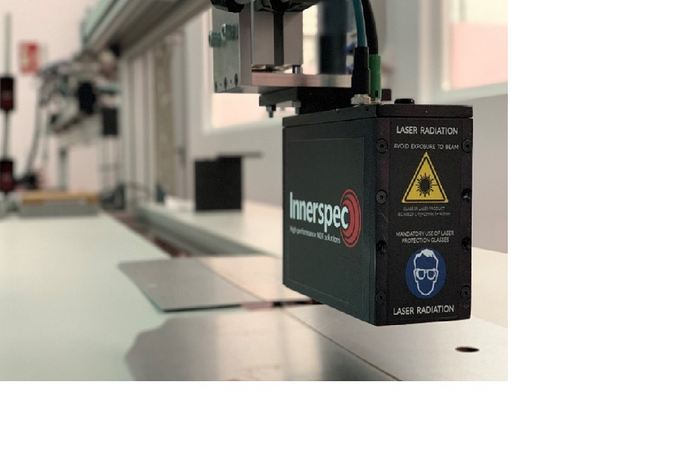Electric control of helicopter tail rotors
Mechanical tail rotors work similarly to the way the automobile engine transfers power to the rear wheels of a car. This physical link imposes a fixed relationship between the speed of the main rotor and the tail rotor. It limits the ability of the latter to balance the forces of the main rotor for better manoeuvrability. An ETR drive would impart independence as well as offer important weight and complexity reductions for enhanced safety and decreased maintenance. The EU-funded project ELETAD (Electrical tail drive - Modelling, simulation and rig prototype development) successfully unveiled a prototype ETR drive assembled with ultra-high-efficiency permanent magnet motors particularly suited to heavy-duty cycle operation. Whilst differing in the way they generate torque, the two motor arrangements were designed to retain high efficiency at high torques. The axial flux motor comprises two wound stator assemblies, each one located in either side of a central permanent magnet disc. The radial flux motor consists of an inner permanent magnet array surrounded by a stator carrying 12 magnetic coils. Additionally, ELETAD developed a software suite consisting of modelling tools for describing the electromagnetic and thermal behaviour of fault-tolerant electrical machines. Except for helicopter rotors, the new tools can be used to design electrical machines for aircraft propulsion drive systems or high-torque wheel motors in electric vehicles. The ETR prototype was tested on an integrated test rig capable of characterising electrical drive systems with peak ratings up to 340 kW and 4 500 rpm. Importantly, the test rig included a comprehensive functional representation of a redundant/fault-tolerant electrical supply and control system necessary for safety-critical aircraft applications. Further development and commercialisation will have major environmental benefits, including improved fuel economy, reduced emissions and noise, and minimal use of environmentally hazardous materials such as lubricants. Helicopters are coming of age.







